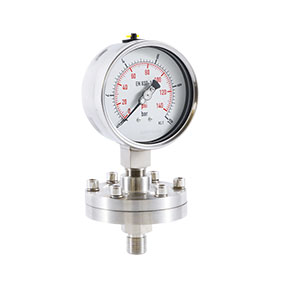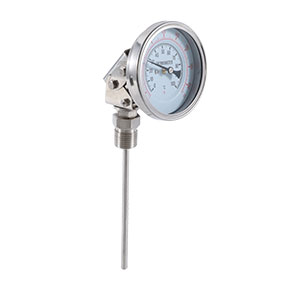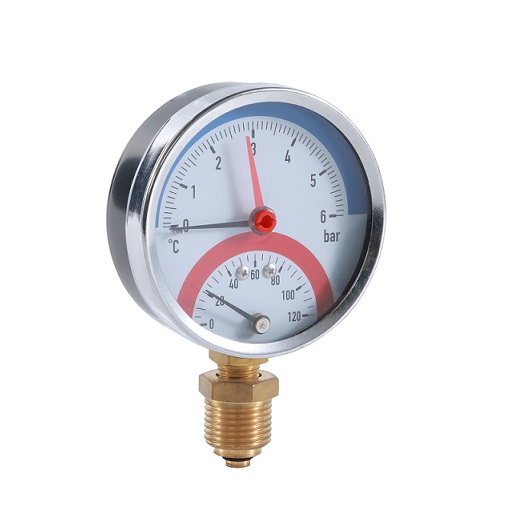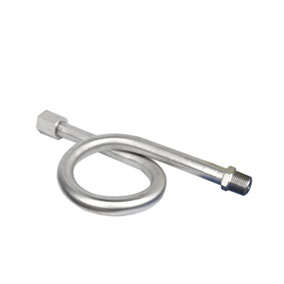A Comparative Analysis of Industrial and Household Thermometers: Unveiling Distinctions in Design, Accuracy, and Application
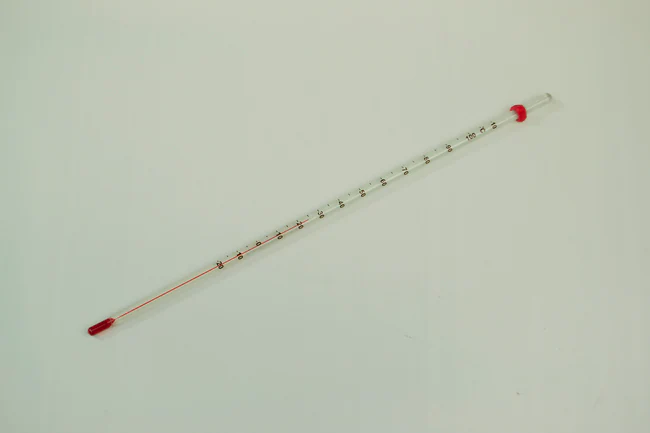
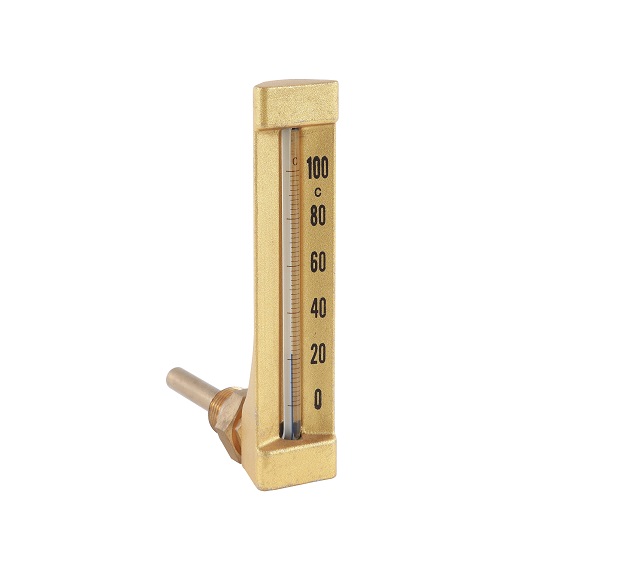
glass tube industrial thermometer
Temperature measurement is an integral aspect of various sectors, encompassing both industrial and domestic environments. This paper delves into the nuanced differences between industrial and household thermometers, shedding light on their distinct designs, accuracies, and applications. By understanding these disparities, users can make informed decisions regarding the selection and utilization of temperature measurement instruments in diverse settings.
- Introduction: Temperature monitoring plays a pivotal role in ensuring operational efficiency and safety in both industrial and household settings. Despite serving a common purpose, industrial and household thermometers exhibit notable variations in design and performance. This paper aims to unravel the dissimilarities between these two categories of temperature measurement devices.
- Design Variations: Industrial thermometers are engineered to withstand harsh environmental conditions prevalent in manufacturing plants, refineries, and other industrial settings. Typically constructed with robust materials such as stainless steel or other corrosion-resistant alloys, industrial thermometers exhibit durability and resilience against chemicals and extreme temperatures. On the other hand, household thermometers are often designed for general-purpose use, with materials that prioritize cost-effectiveness and simplicity.
- Accuracy and Precision: In industrial applications where precise temperature control is critical, industrial thermometers are calibrated to meet stringent accuracy standards. These thermometers may incorporate advanced sensor technologies, such as platinum resistance temperature detectors (RTDs) or thermocouples, to achieve high precision. Household thermometers, while accurate for everyday use, may not undergo the same rigorous calibration processes and often employ simpler sensor technologies like bimetallic strips or liquid-filled bulbs.
- Application Specificity: The intended applications of industrial and household thermometers significantly influence their design and features. Industrial thermometers are tailored to measure temperatures in processes like chemical reactions, manufacturing, and quality control, where accuracy and reliability are paramount. In contrast, household thermometers are commonly used for monitoring room temperature, food preparation, and climate control, with a focus on ease of use rather than extreme precision.
- Environmental Considerations: Industrial environments often expose thermometers to aggressive substances, extreme temperatures, and challenging physical conditions. As a result, industrial thermometers are designed to withstand these harsh environments, with features such as rugged casings, hermetic seals, and protective coatings. Household thermometers, designed for more controlled indoor conditions, may not incorporate such extensive protective measures.
- Conclusion: In conclusion, the distinctions between industrial and household thermometers extend beyond mere cosmetic differences. The variations in design, accuracy, and application specificity cater to the unique demands of their respective environments. Users should consider these disparities when selecting temperature measurement instruments to ensure optimal performance in their intended settings. A deeper understanding of these differences empowers users to make informed choices, promoting the efficient and reliable use of temperature measurement technology across diverse domains.

